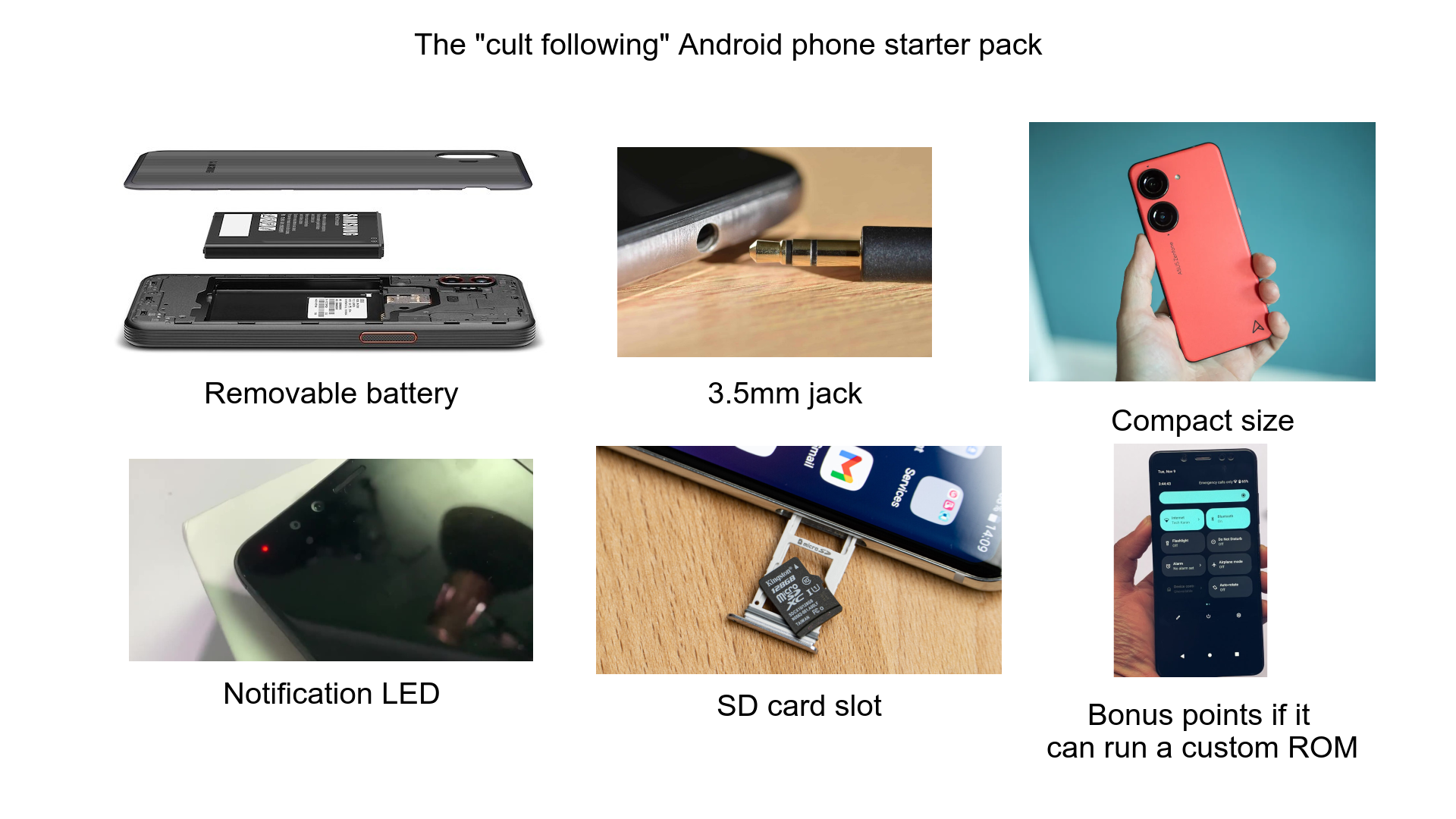Android Memes
Community Rules
-
Be Respectful: Treat fellow community members with respect and kindness. Avoid personal attacks, harassment, or any form of hate speech.
-
No NSFW Content: Do not share or create any explicit, adult, or NSFW content. Keep the community friendly and suitable for all ages.
-
No Trolling or Flame Wars: Do not engage in trolling, flame wars, or intentionally provoking other members. Maintain a positive and constructive environment.
-
No Advertising: Avoid promoting commercial products, services, or self-promotion. Any promotional content should be relevant to the community's interests and approved by the moderators.
-
Report Violations: If you come across any violations of these rules or encounter any inappropriate behavior, report it to the moderators promptly.
-
Have Fun!: Android memes are meant to be enjoyable and entertaining. Let's have a great time sharing humor and engaging in friendly discussions!
view the rest of the comments

It's not trivial. An LED only needs power to light up, an OLED Pixel always needs the GPU to be powered on and it would be a significant power loss to implement a pixel sadly
The full Always On Display (which shows the clock + some notifications) uses less than 1% battery per hour on my ancient S7, are new phones not any better than that?
It doesn't if the screen is connected directly to the frame buffer which can refresh independently. Whether that's actually implemented this way in hardware, well who knows, but I suspect it is as that's useful to display any static image. Then just power up the display driver for a microsecond to refresh the image if needed.
None of this is true. It may happen in practice on some poorly-designed devices, but the “GPU” in the SoC can remain powered off, and the display controller remain in low-power mode.
I mean there's a ton of phones that have always on displays (AOD)